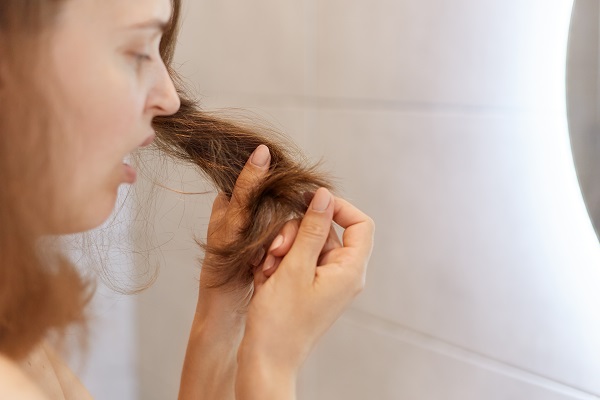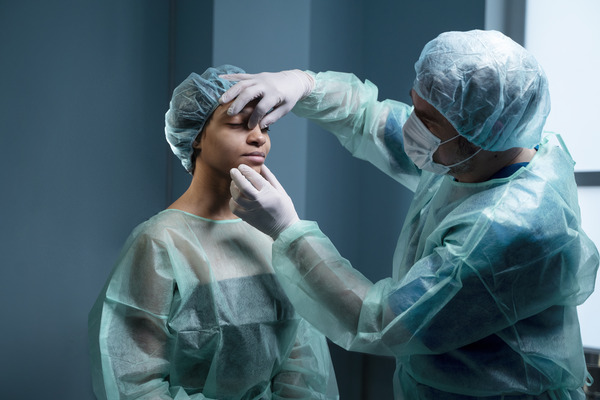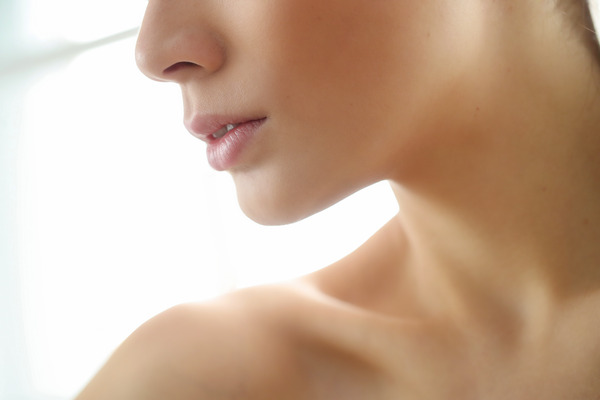
How do Bleach and Color Damage your Hair?
Colouring hair is a big trend these days. Hair dying is composed of hair bleaching and coloring. This practice is observed all around the corners of the world. However, Bleach and Colouring have major side effects as well. Users who have undergone the bleaching process actively complain about their hair being fragile and breaking. Full root bleach also itches the scalp and can lead to ultimate hair loss. Further, this blog will make you understand how do bleach and color damage your hair.
Hair is an element of beauty that looks best healthy. Yes. You can dye your hair but the damages secured with them need proper treatment as well.
What bleach does to your hair?
Bleaching is a process that requires removing your natural hair color and then specific color is applied to the hair as needed. The process of bleaching can be stated as a color-removing process. It enters the hair shaft and dissolves with the hair’s melanin. Melanin is the key chemical element present in the hair which produces pigment. It gives color and texture to your natural hair. Bleach works on destroying all the color pigments from your hair. It leaves the hair without any natural pigment remaining in them. This destruction of pigment paves a way to lighten the hair.
Depending on the time bleach stays in your hair, it lightens the hair texture to a reddish or a yellow tone. If left longer, then it results in a platinum blonde shade. For people undergoing this hair procedure, first-time, repetitive bleach washing is done to their hair. It is performed to obtain the lightest shade possible and properly remove all-natural hair color. It is the destruction of pigment which lightens the original hair color, so once the color is lost, you can dye it any color you want.
Side effects of bleach and hair color:
In this trend-driven world where fashion is an integral part of our lives, using bleach and hair color is quite common among the generation. Though dermatologists have never supported using bleach and hair colors due to the severe long-term threats that they pose.
- Drying: Bleached hair tends to get dry with time. During bleaching of your hair, the hair bleach also strips hair of its natural oil & fibers, which eventually leads to the loss of hair’s natural moisture, leaving the hair dry and damage-prone.
- Breaking: Dry hair is prone to breakage. It is always advised to take extra care of your hair for 2-3 weeks after getting your hair bleached. The bleach makes hair so fragile that you may observe hair breakage even while normal hair washing or combing. Further, get hair treatment as when the color seems to fade out, frizzy hair and hair breaking problems resurface.
- Thinning – Hair colors and bleach damage the scalp in the longer run. It leads to a reduction in hair density and thinning of hairlines. There are rare cases in which the customers do not complain about thin hair. Bleaching and dyeing work on the principle of breaking the natural flow of hair and bending it straight. This leads to thinning of natural hair. Dermatologists also believe that carelessness may lead to permanent hair loss in some cases.
- Hair fall – A large set of people come up with hair fall problems after they get their hair colored or bleached. This is because bleached and colored hair needs high maintenance. A lot of natural hair flow bonds are tarnished. Because of that, hair loses its outermost layer. Follow a proper hair care routine to keep the hair healthy until possible. When the hair color appears to be getting lost, get the keratin treatment and try to restore hair oils as much as possible.
Does beach and color damaged hair in the first attempt?
Bleach does damage natural hair, as its basic principle is breaking the bond of hair and removing color pigments from it. Bleach damages your hair, whether it’s the first time or second, or tenth time. Hair colors hide most of the damage, so you only get to see the shiny part.
After getting your hair colored, you’ll observe a lot of colors draining from your hair after wash. It happens a few times until the hair comes clean, which is the perfect color your hair accepted. Some companies guarantee the least damage; it is recommended to use only the best of them.
How do you repair bleach-damaged hair?
There is no magical way to fix damaged hair, but the best thing is that the hair keeps growing. So, you can always start following healthy habits which will stop any further hair damage. Soon, the damaged hairs will be replaced by new healthy hairs.
The best undergo repair procedure is to cut your hair short and get it colored a darker shade. This cuts off damaged hair and hides potent damage in hair. As the natural hair starts to grow, gradually cut off the trailing leftovers of bleached hair. This method is the most effective technique used by the bleaching and dyeing category to restore quality hair secretly.
Conclusion:
Bleach and color damage your hair in a deeper aspect and we all know that. If you want your hair to be colored, go for it. Hair grows and this is why it is fine to get one. There are many treatments and products which restore natural oils to your hair and re-strengthens your hair.
Many YouTube videos can teach you to bleach your hair and color ‘em, but most of them with good results are experts. For the rest, they end up having more hair fall and permanent damage. It’s recommended to get your hair bleached and colored by professionals, as unskilled people will end up damaging and breaking your hair.
About Us:
Dr. V. S. Rathore is the founder of Kaayakalp, the best hair transplant and cosmetic surgeon in Kolkata. His works are renowned in India and he has experience of over 19 years in the industry. He has performed over 9300 successful surgeries and his clients are happy with the results. In case you have hair problems, you can contact Dr. V. S. Rathore. He has the best solutions and surgeries to provide you with safe and long-lasting treatments.
For more information follow us on:
Facebook | Instagram | LinkedIn | Twitter | Google My Business







